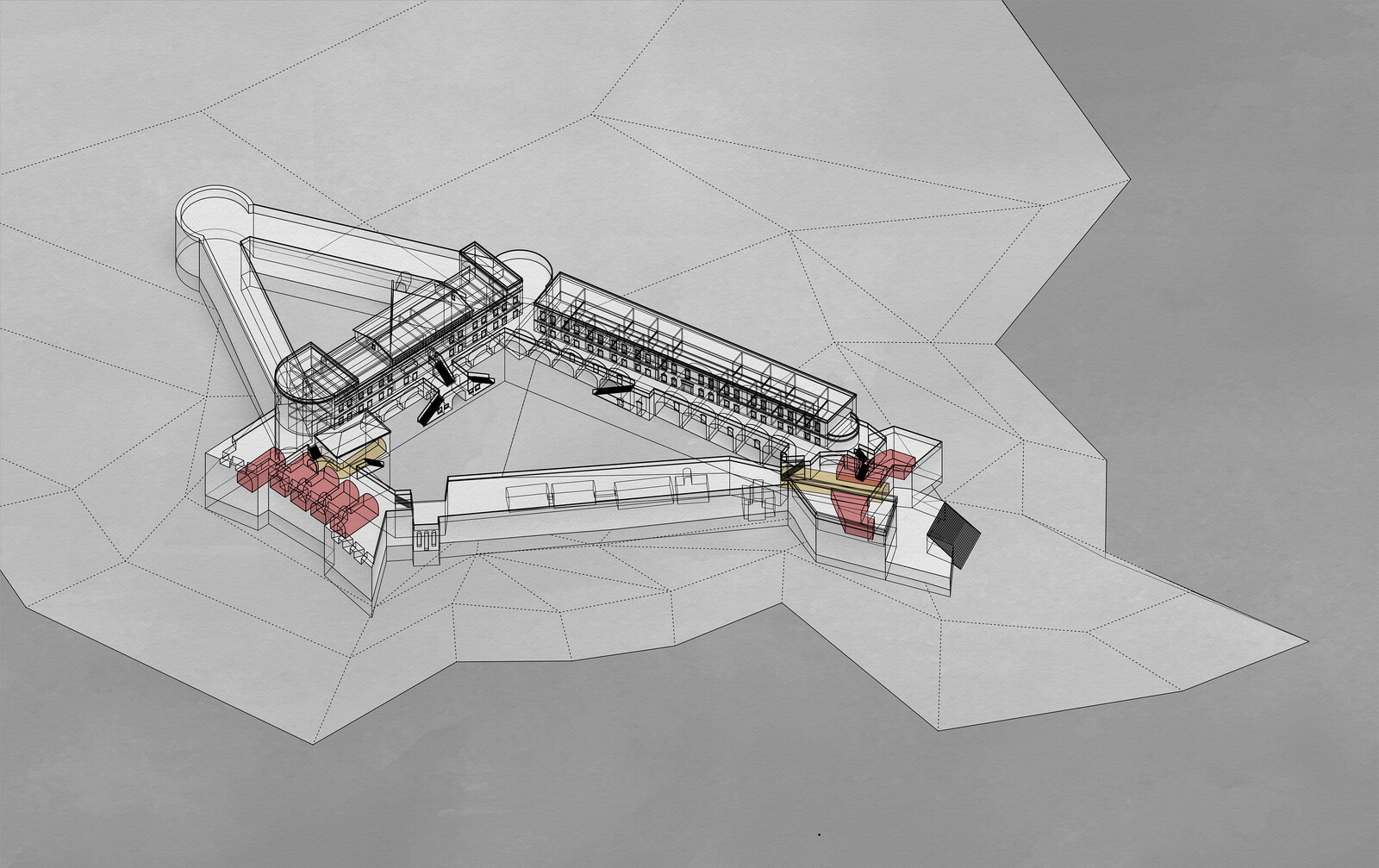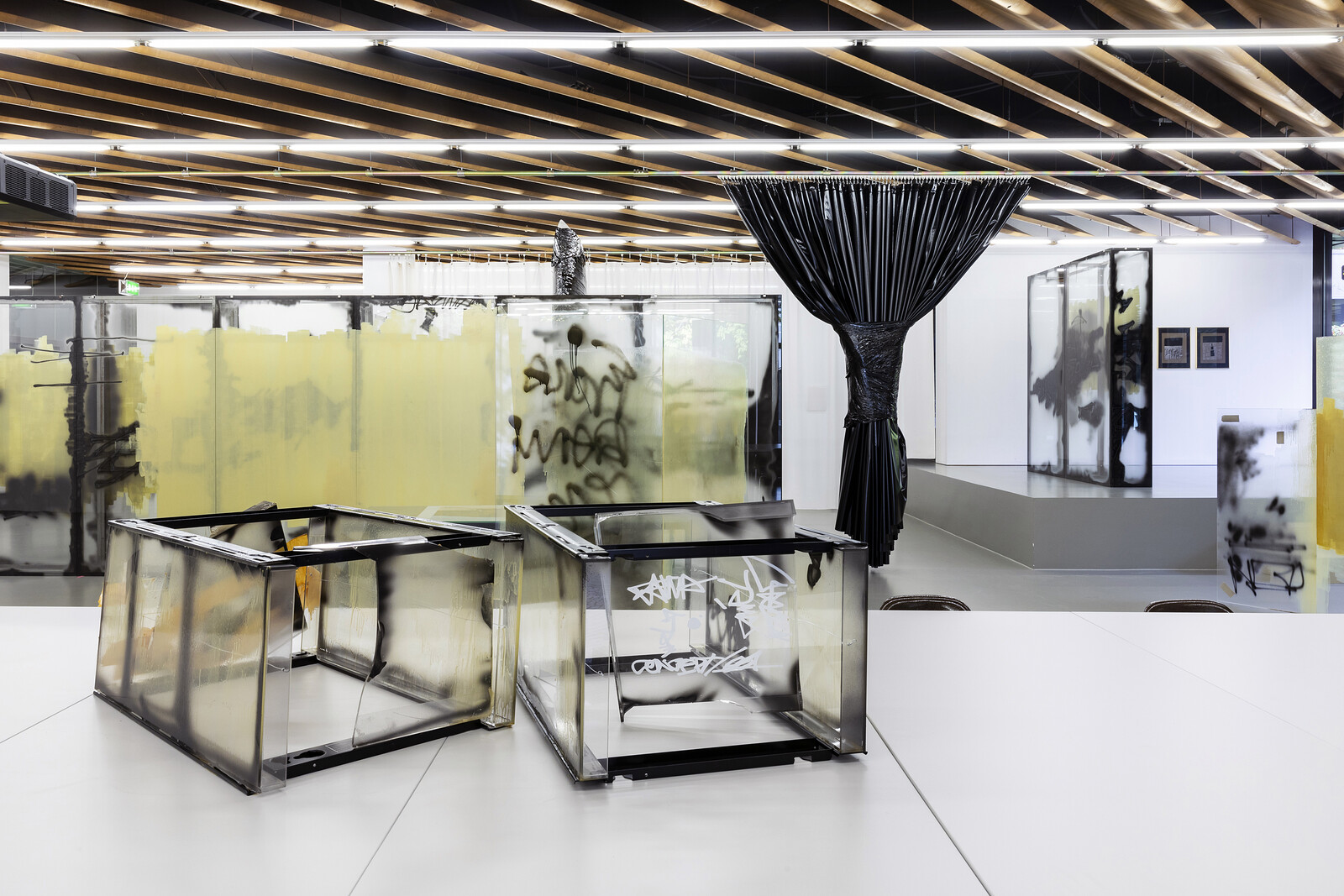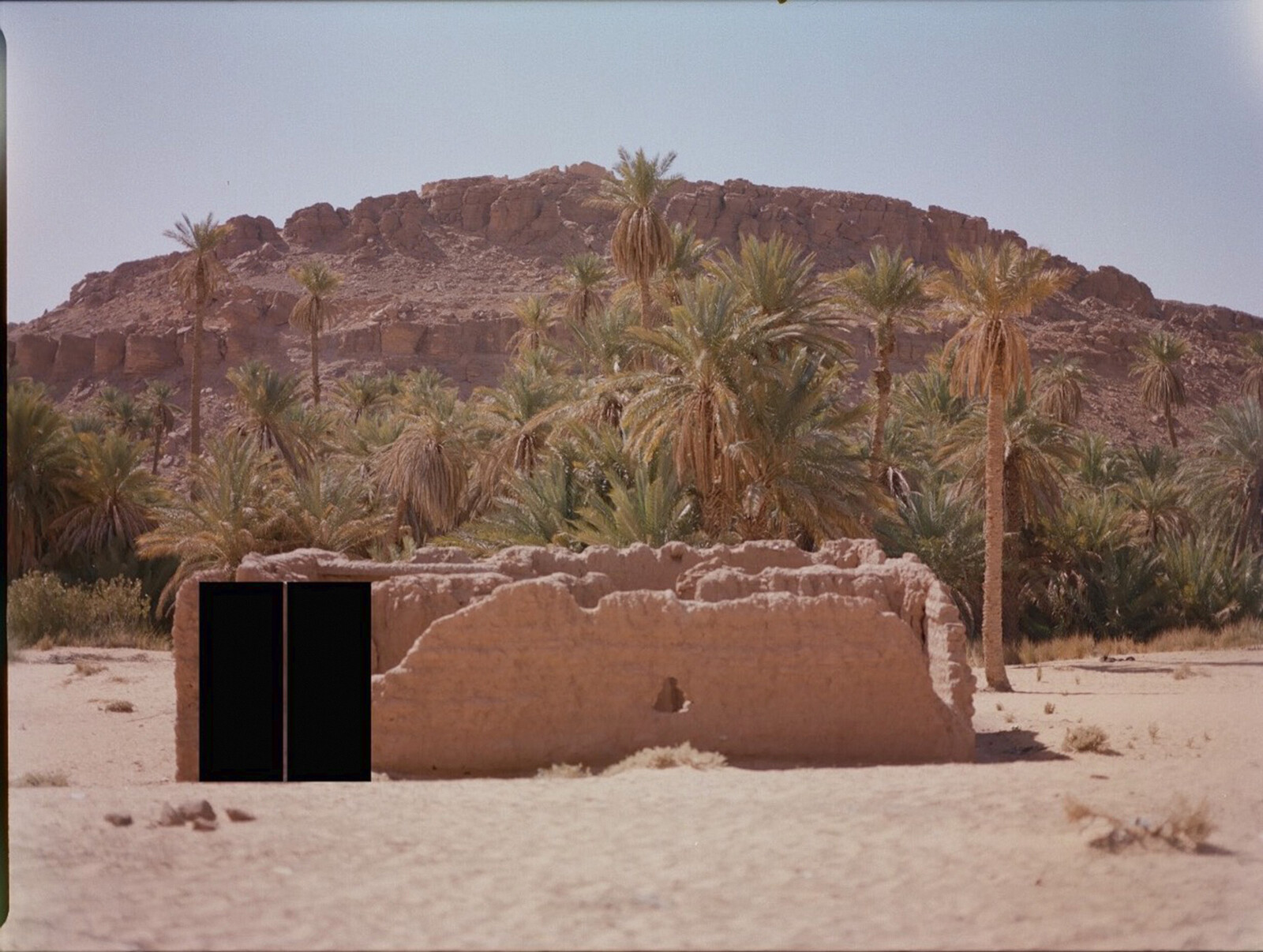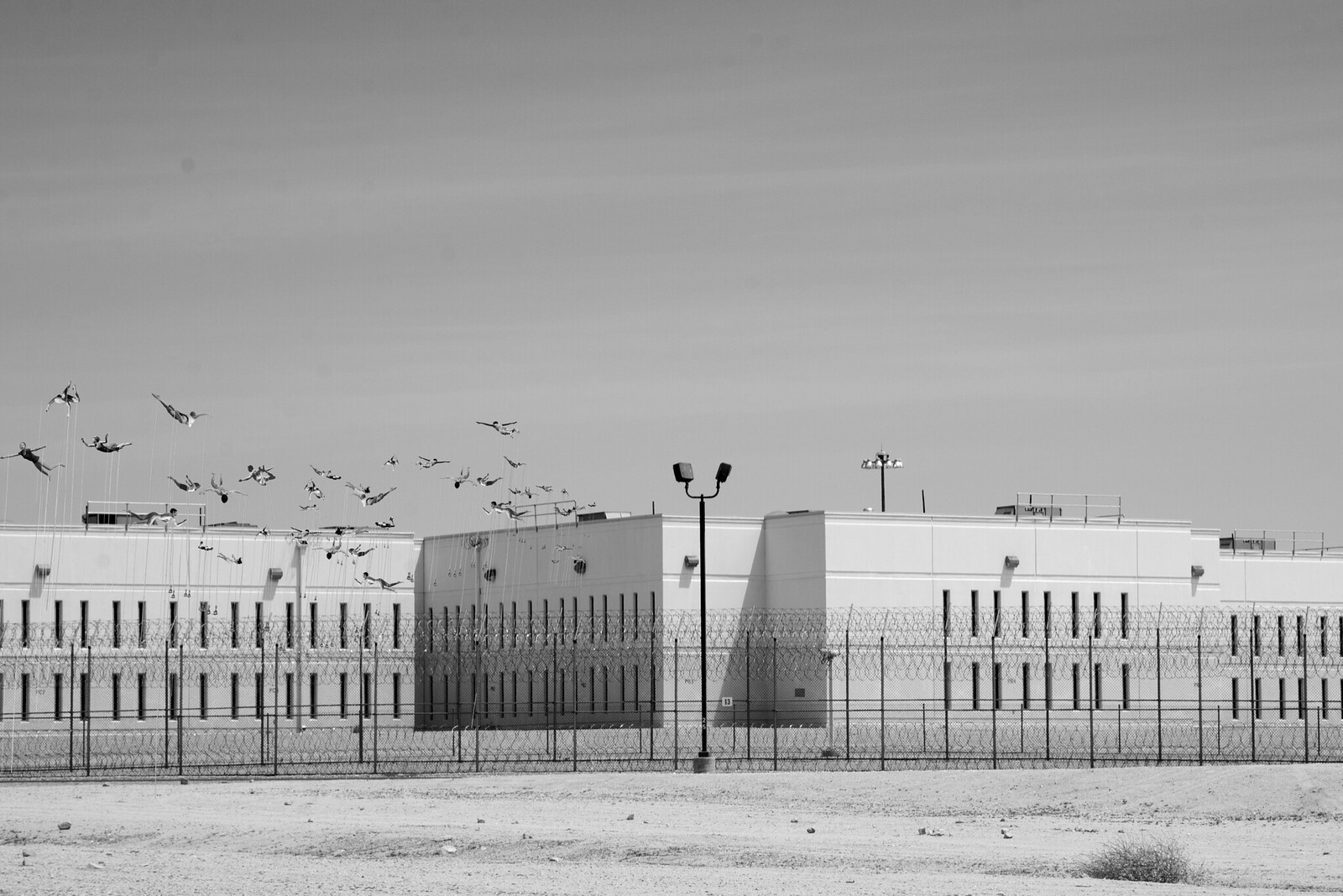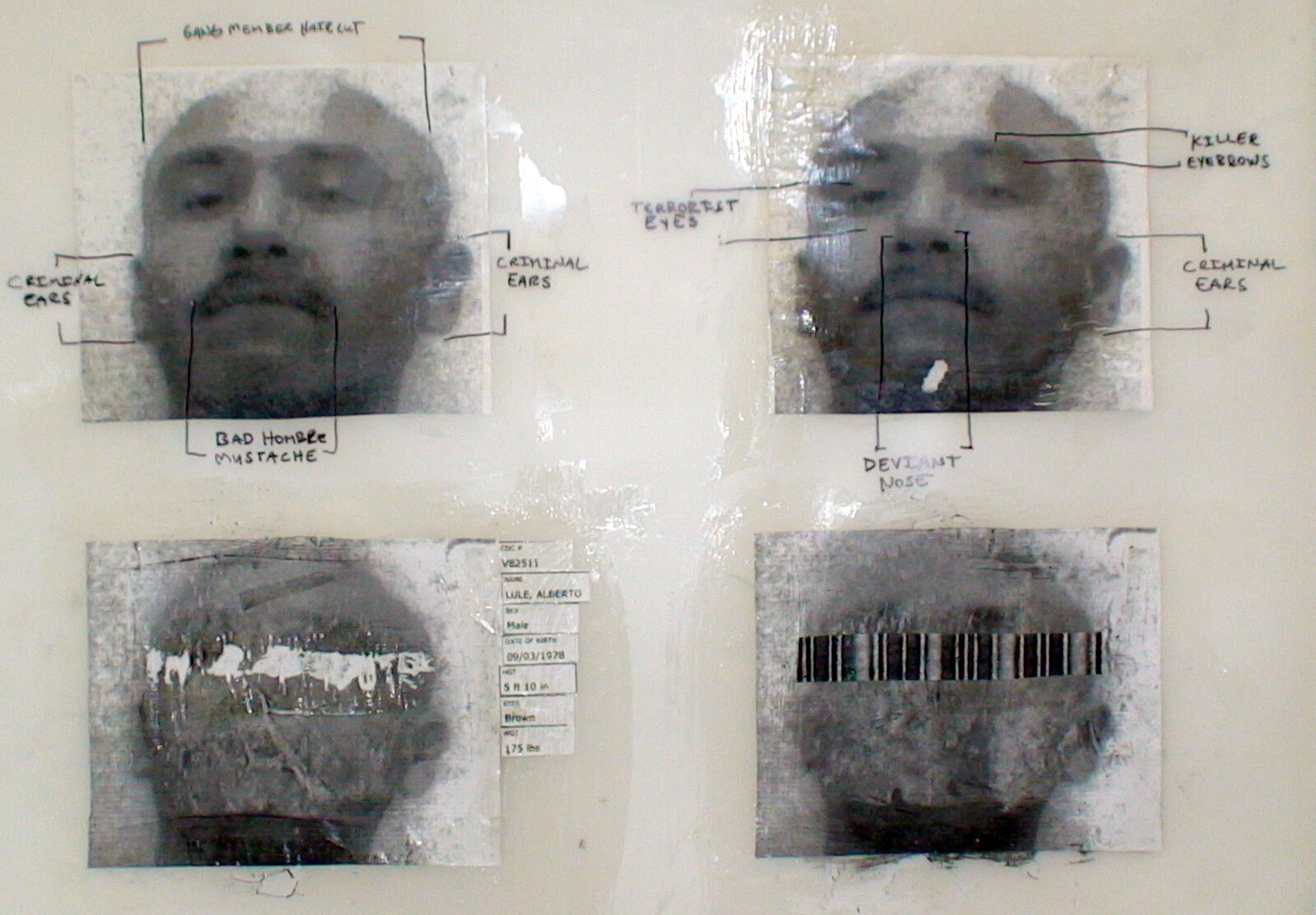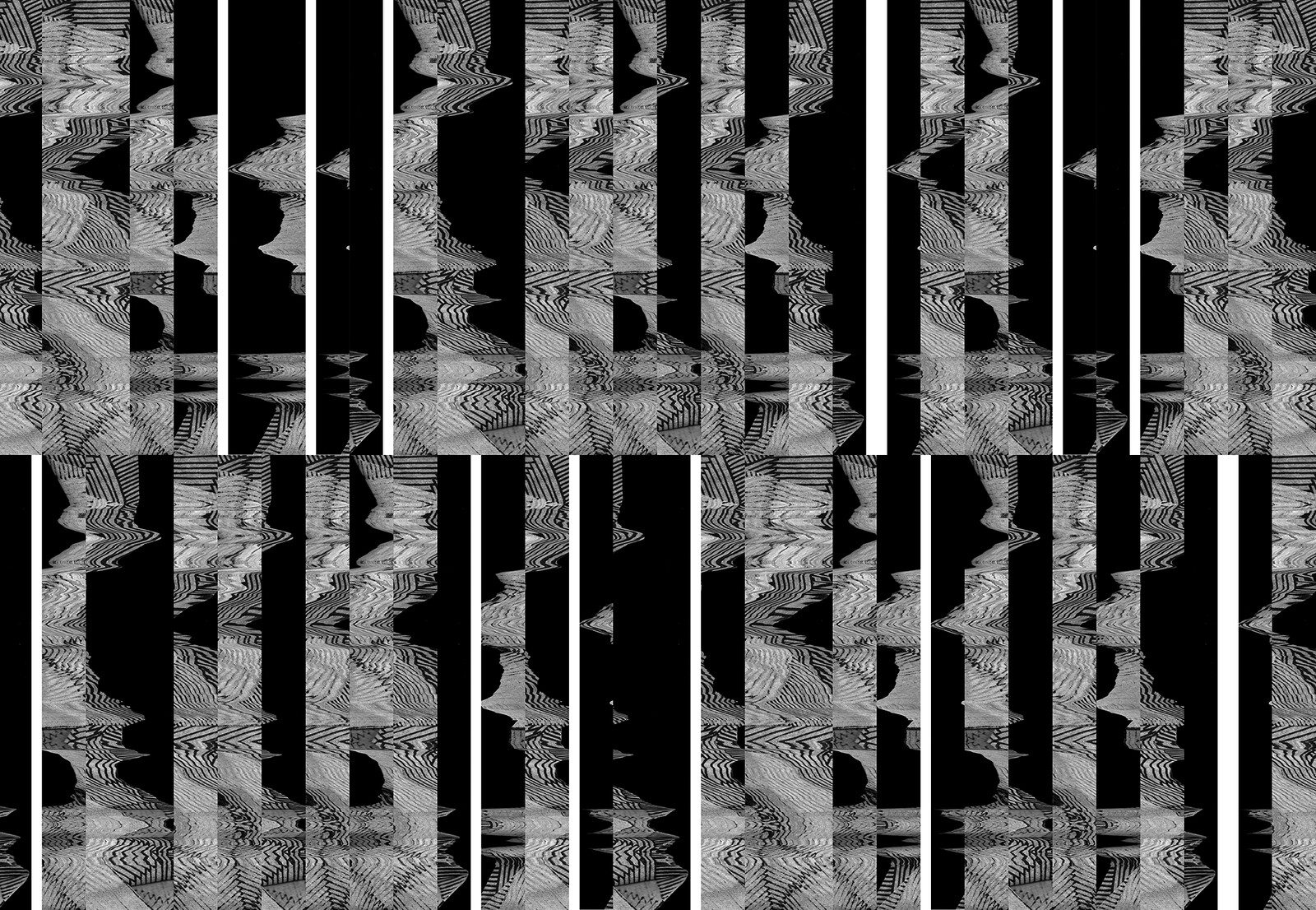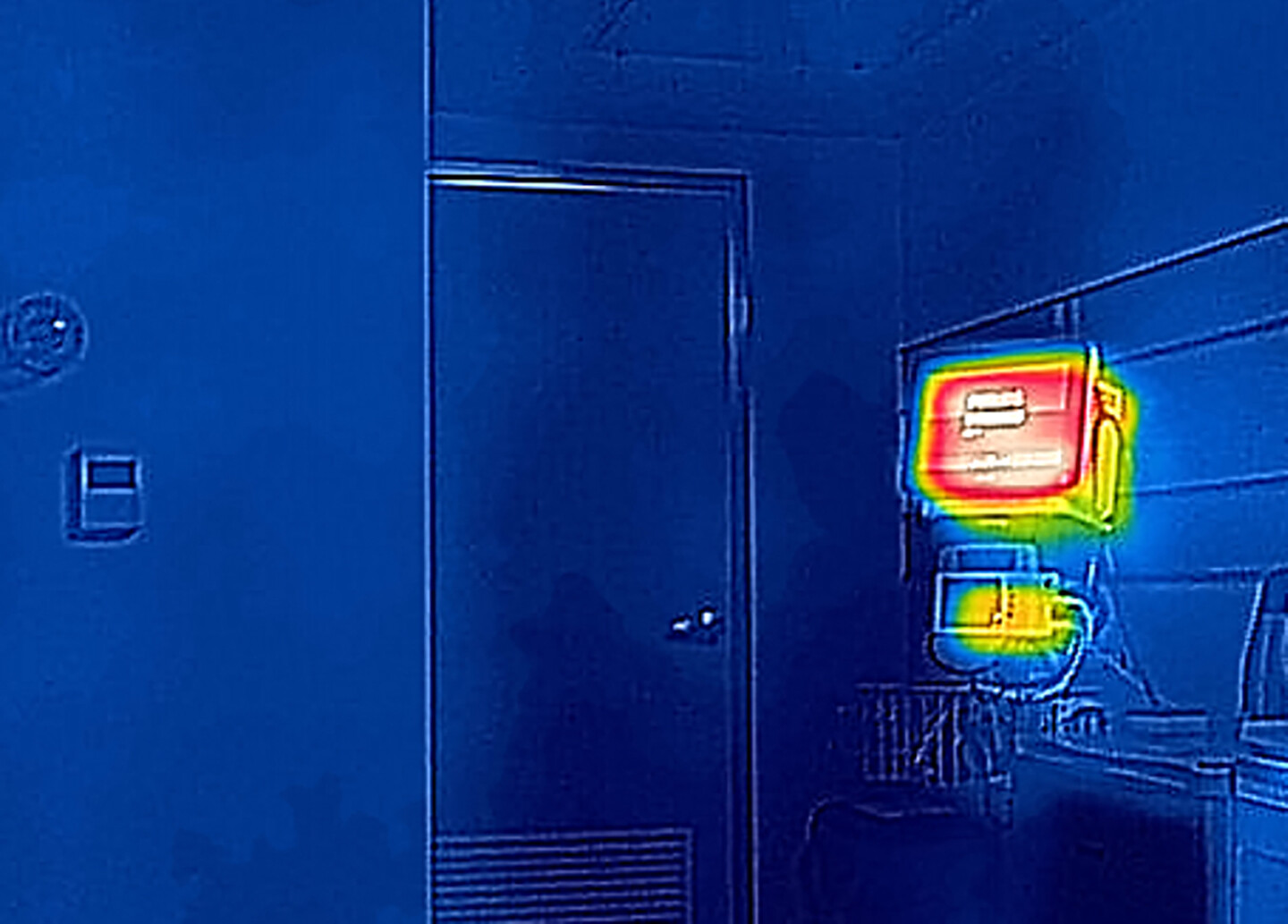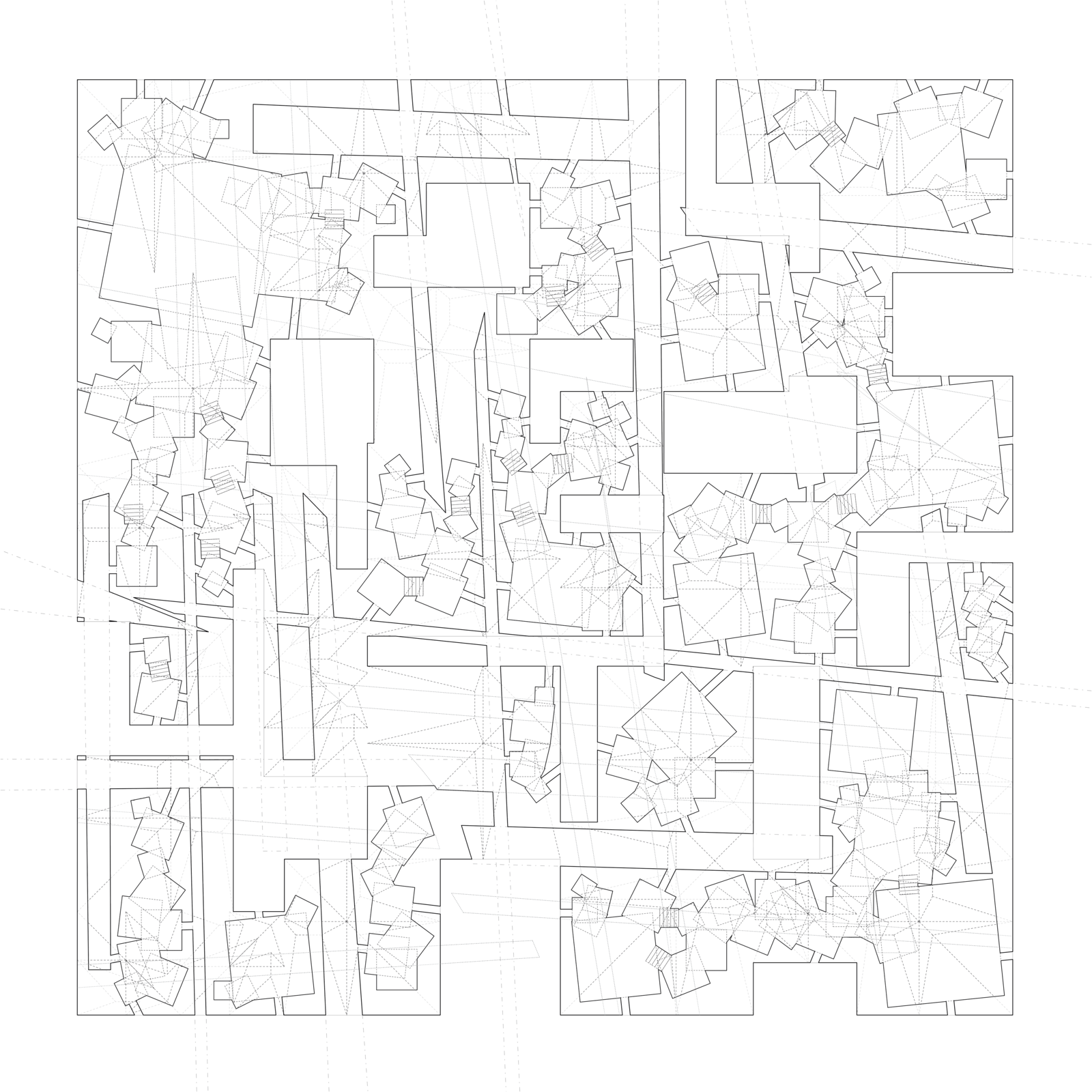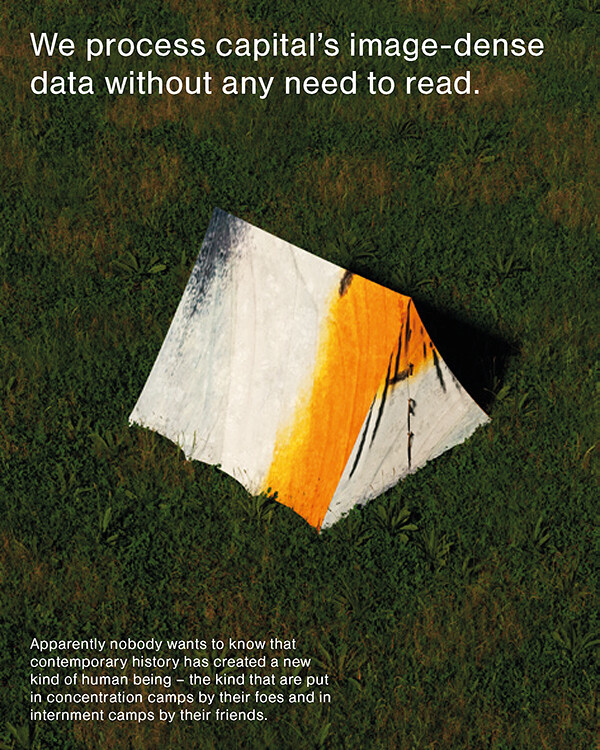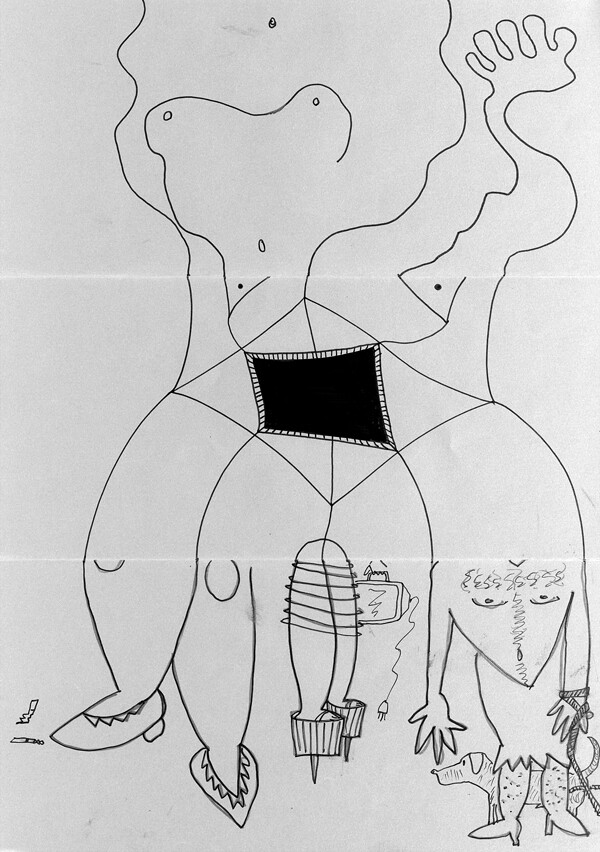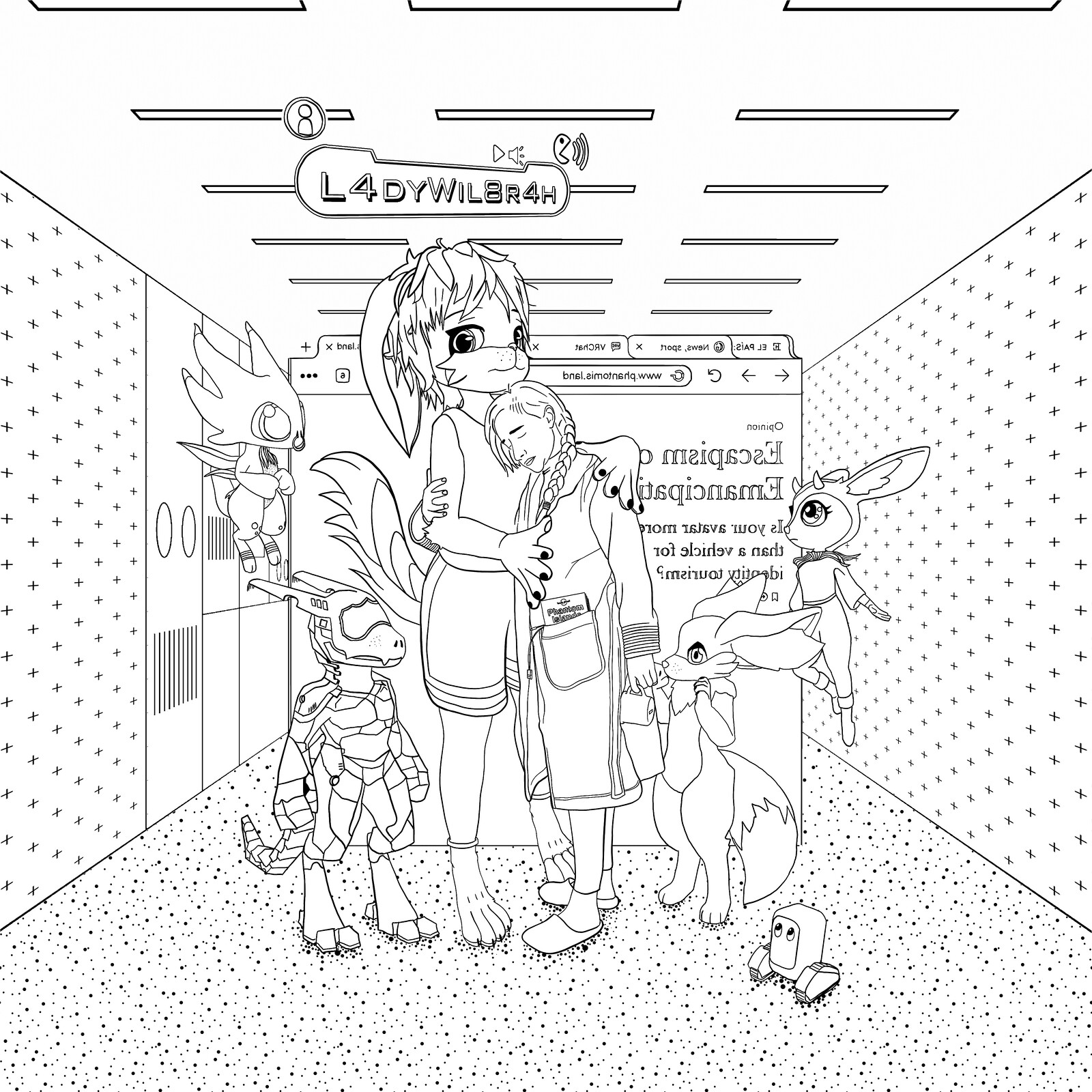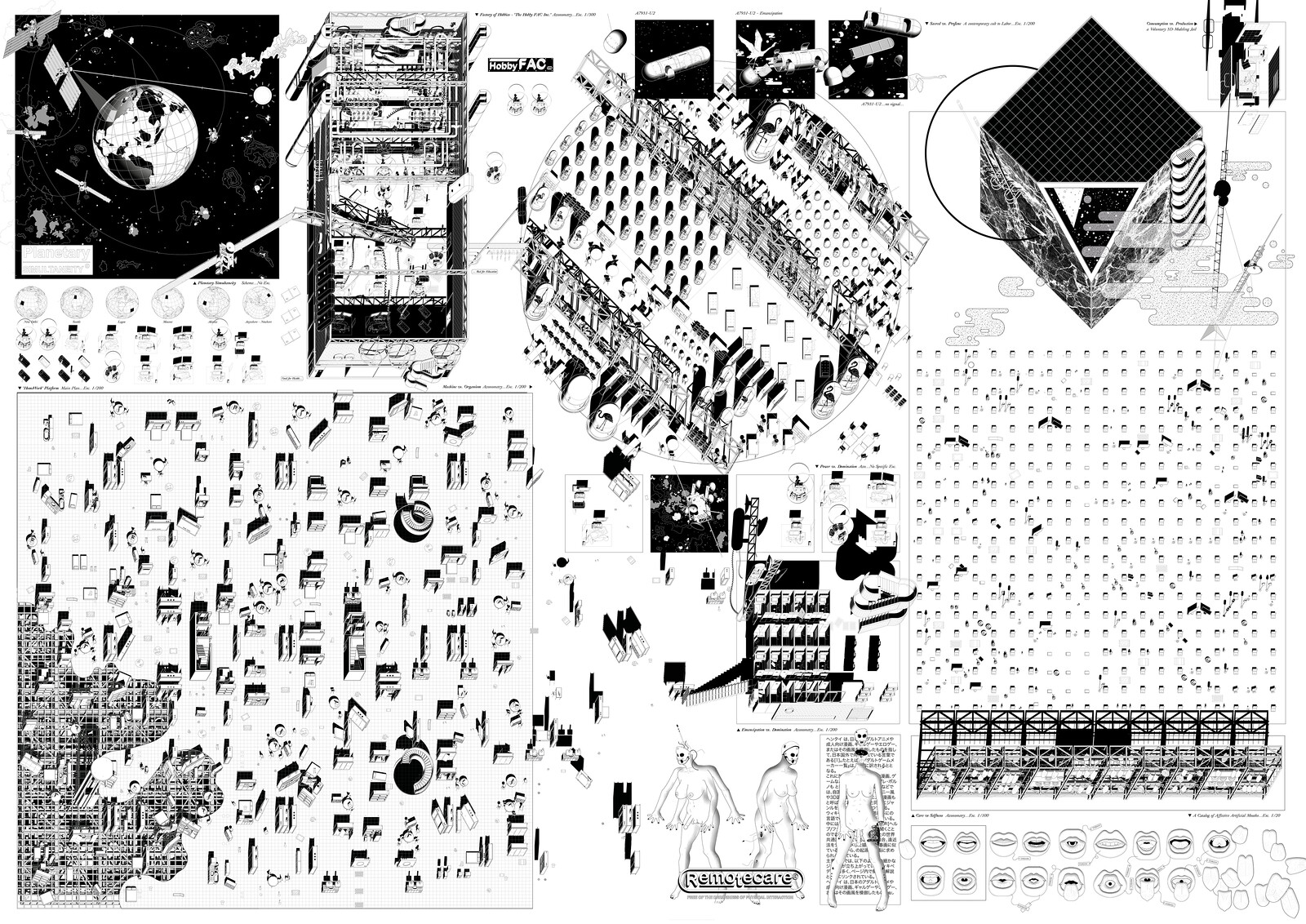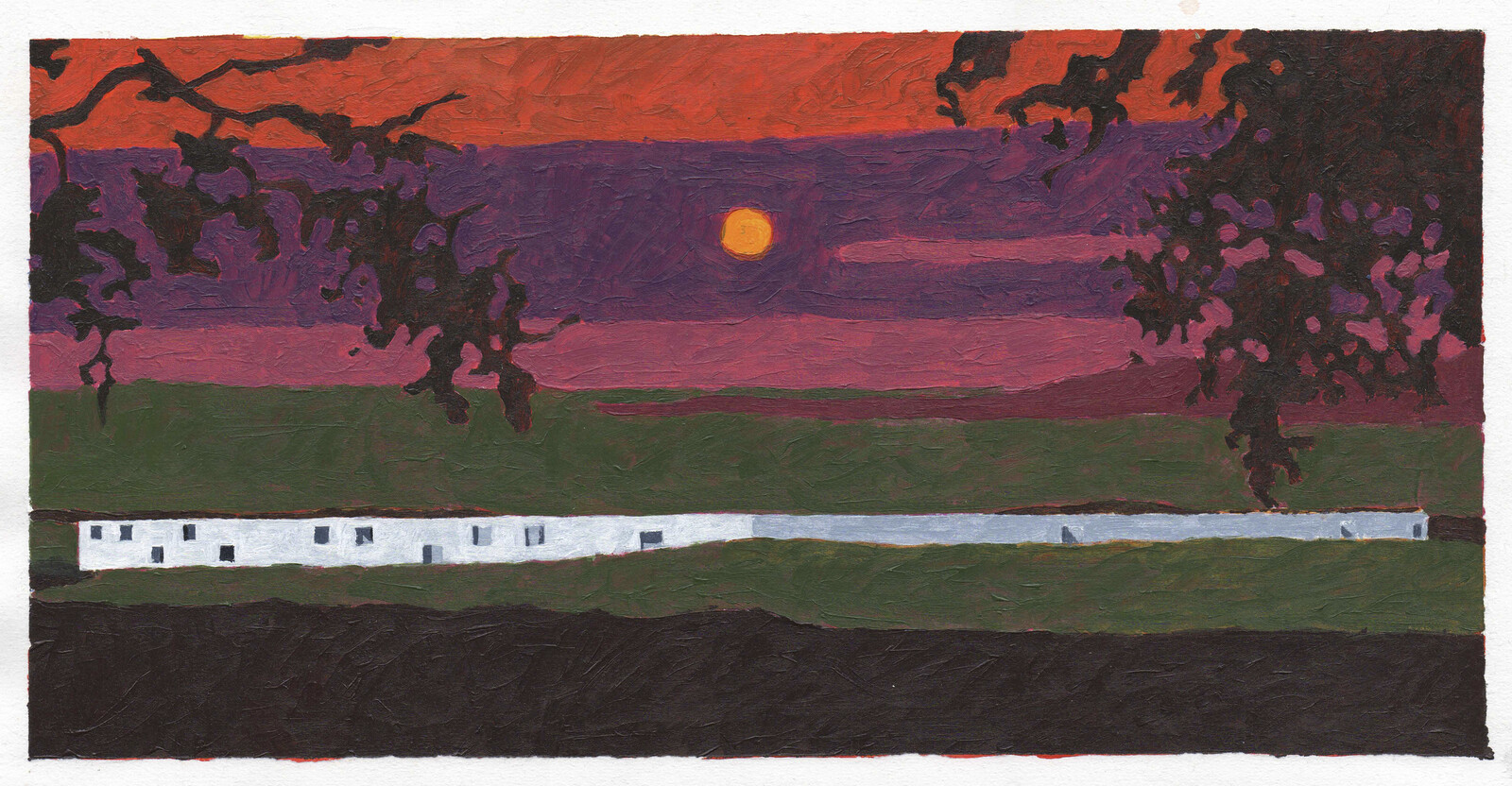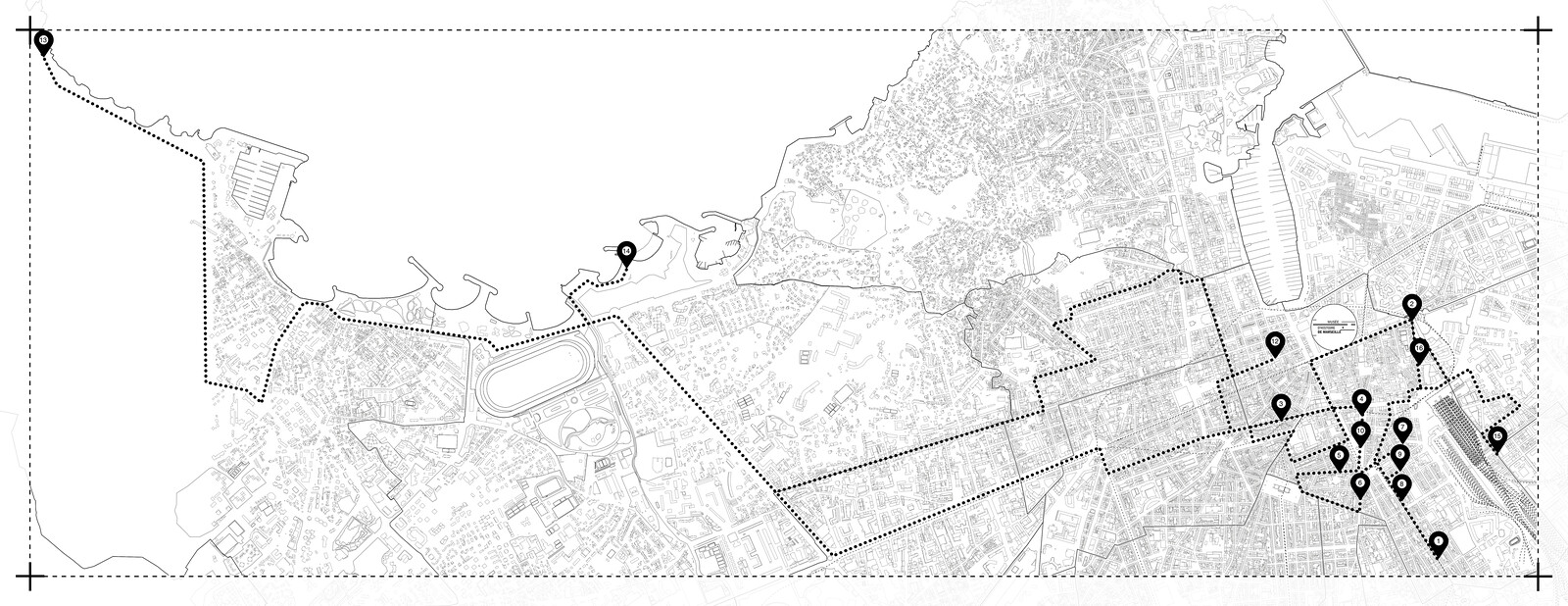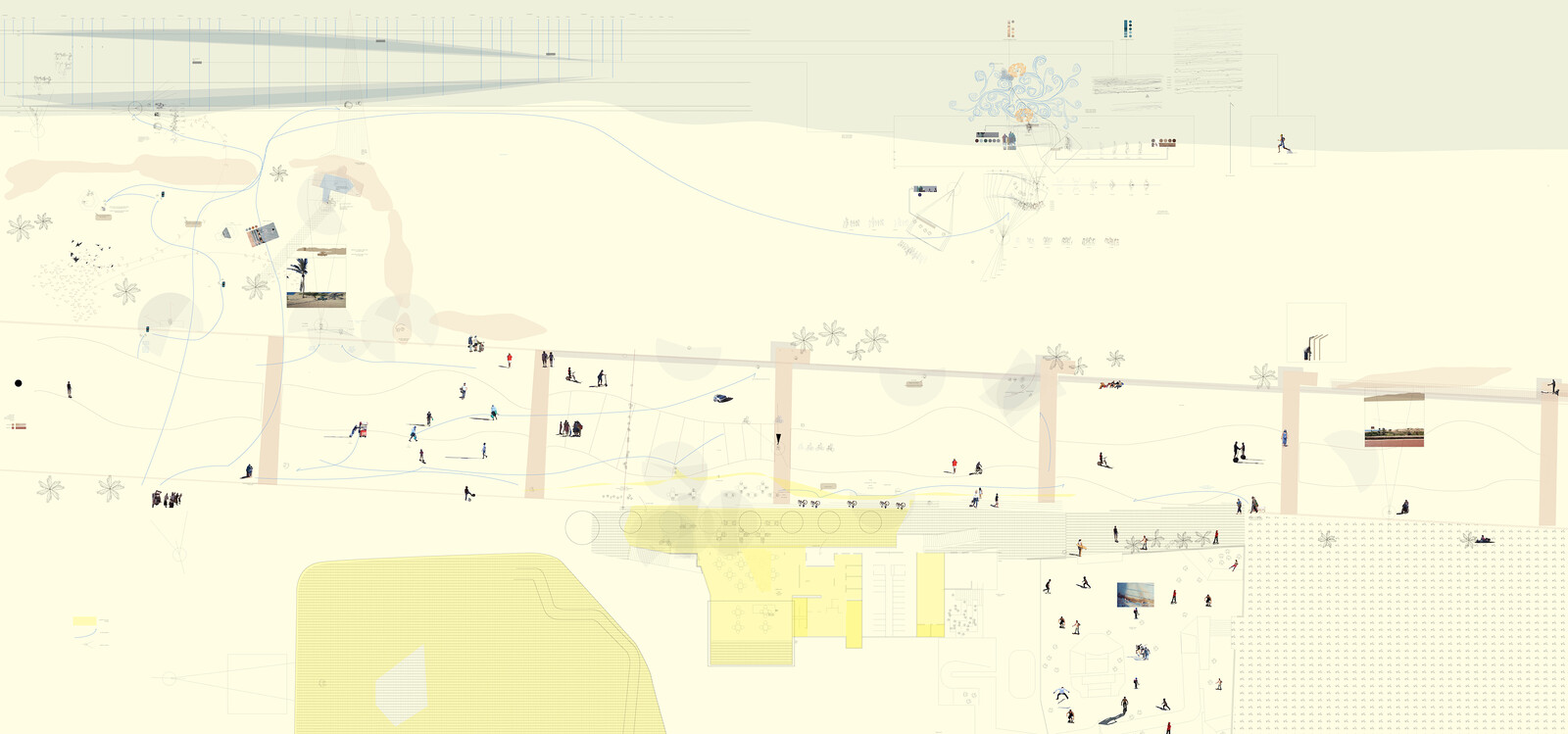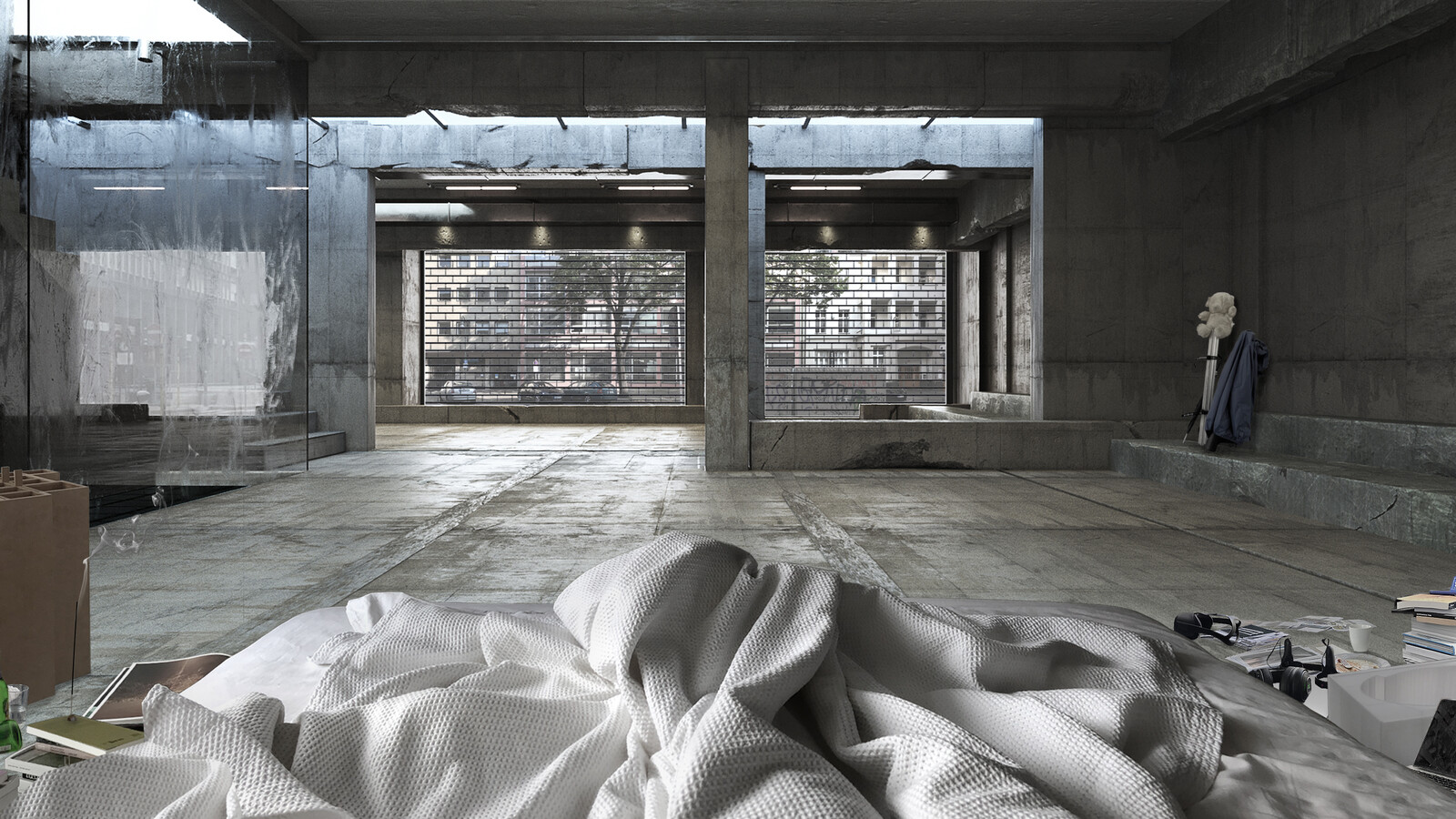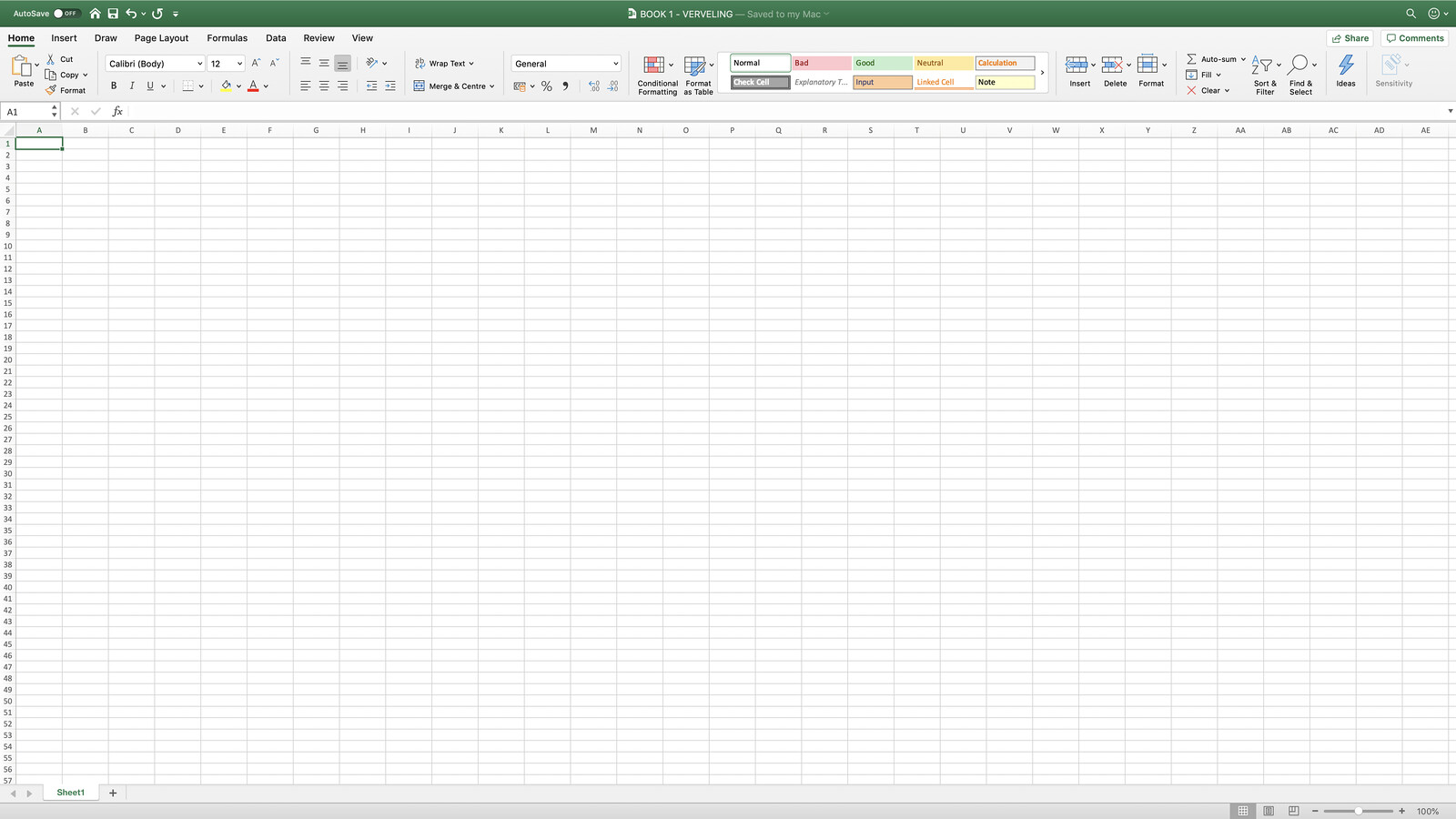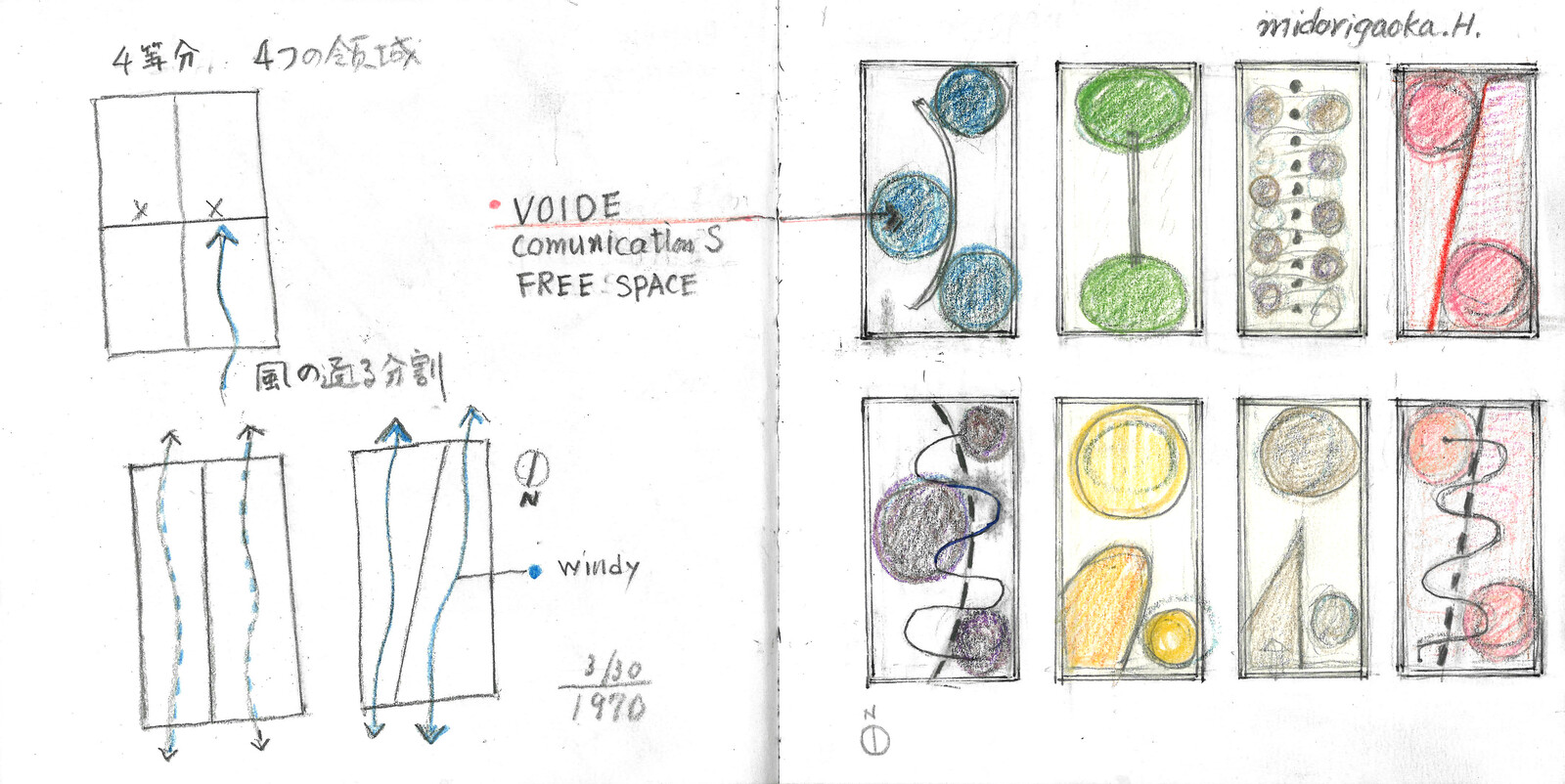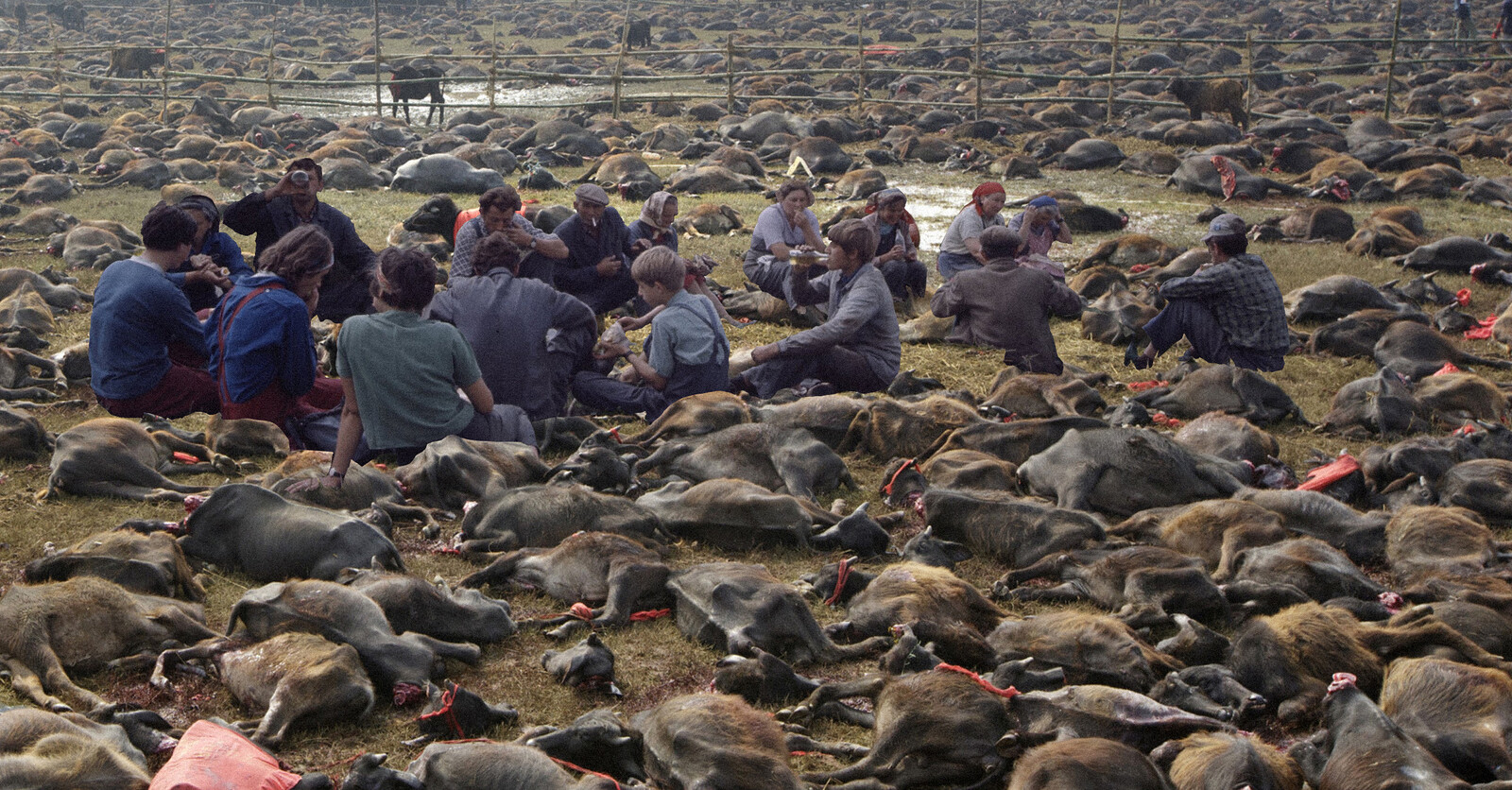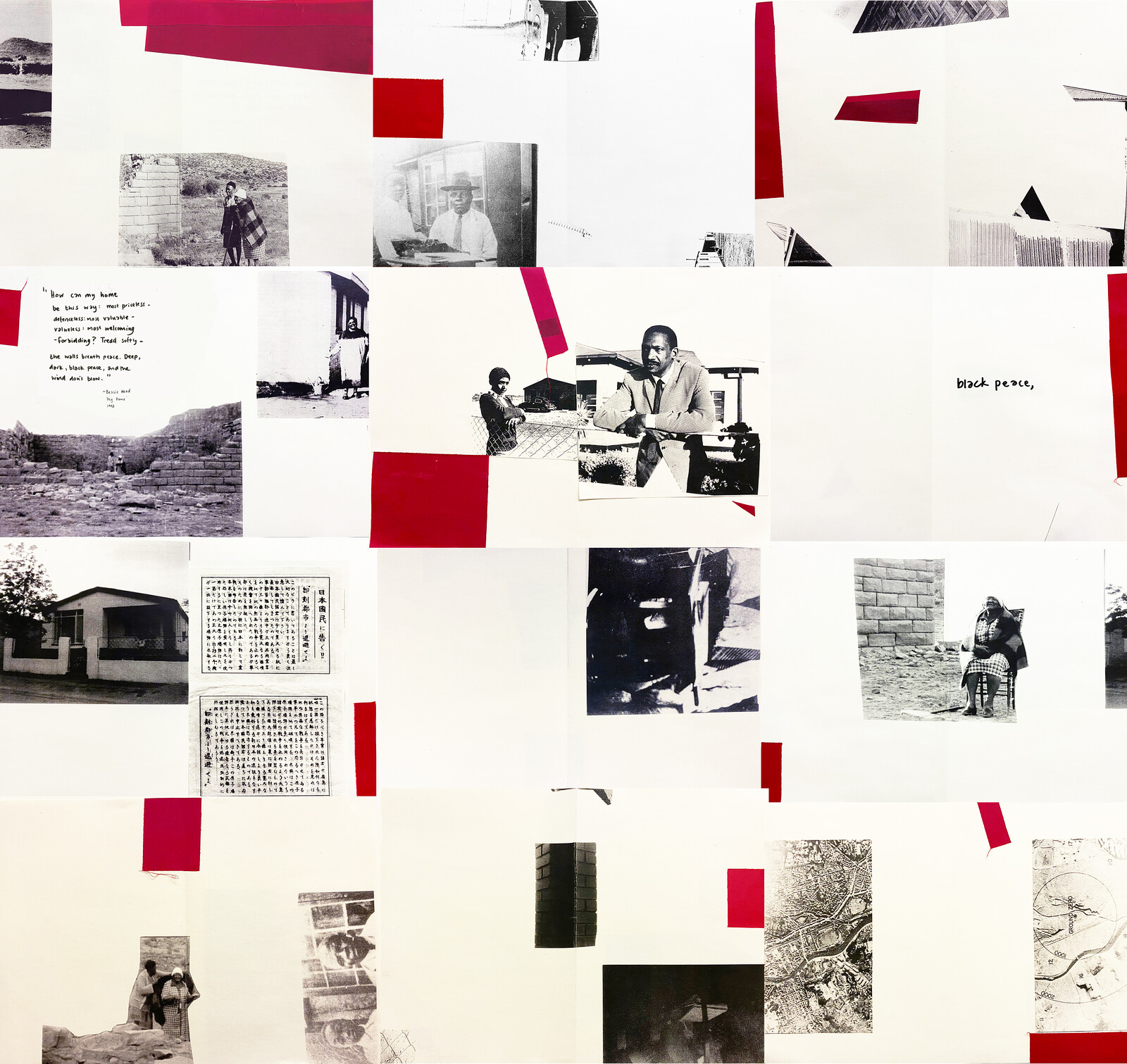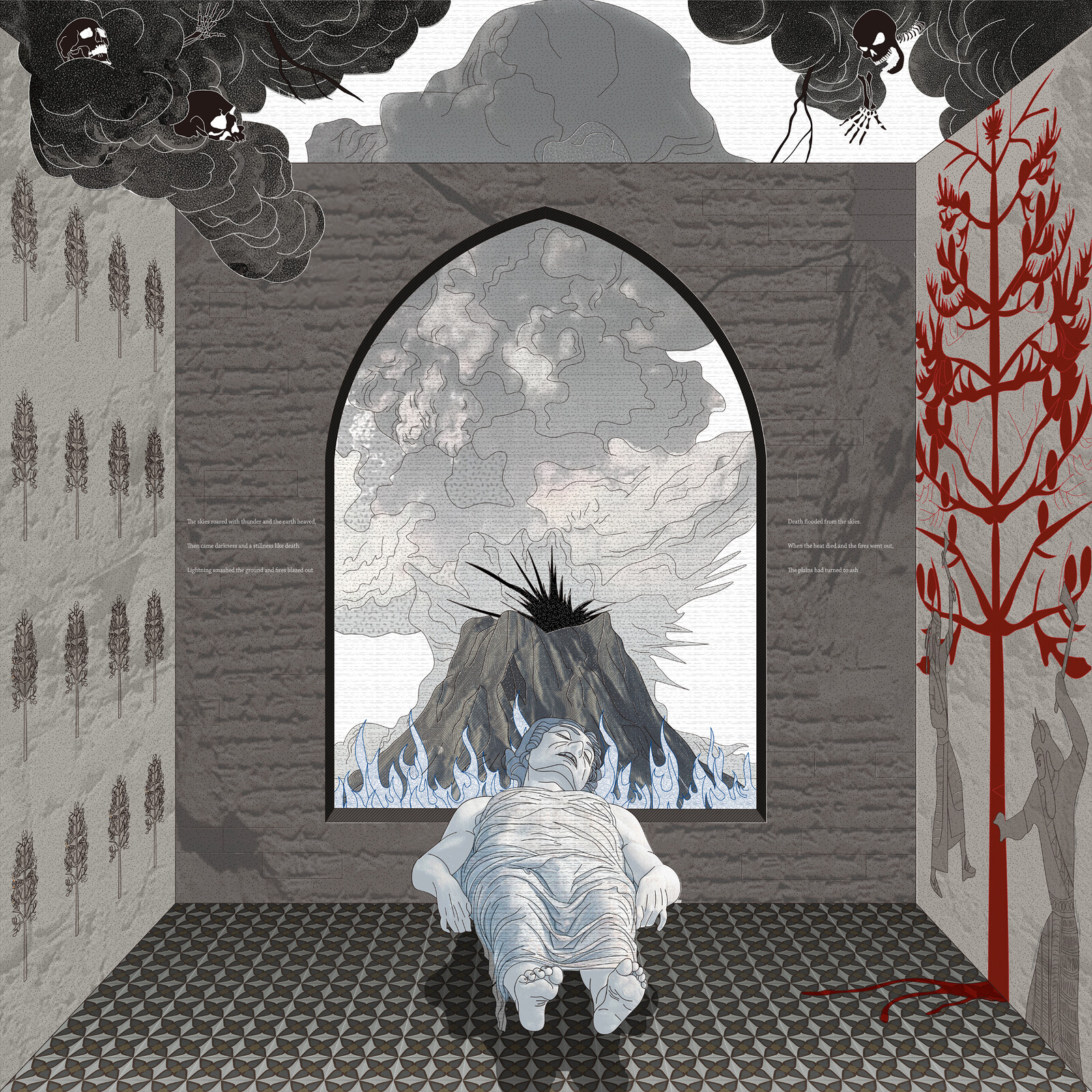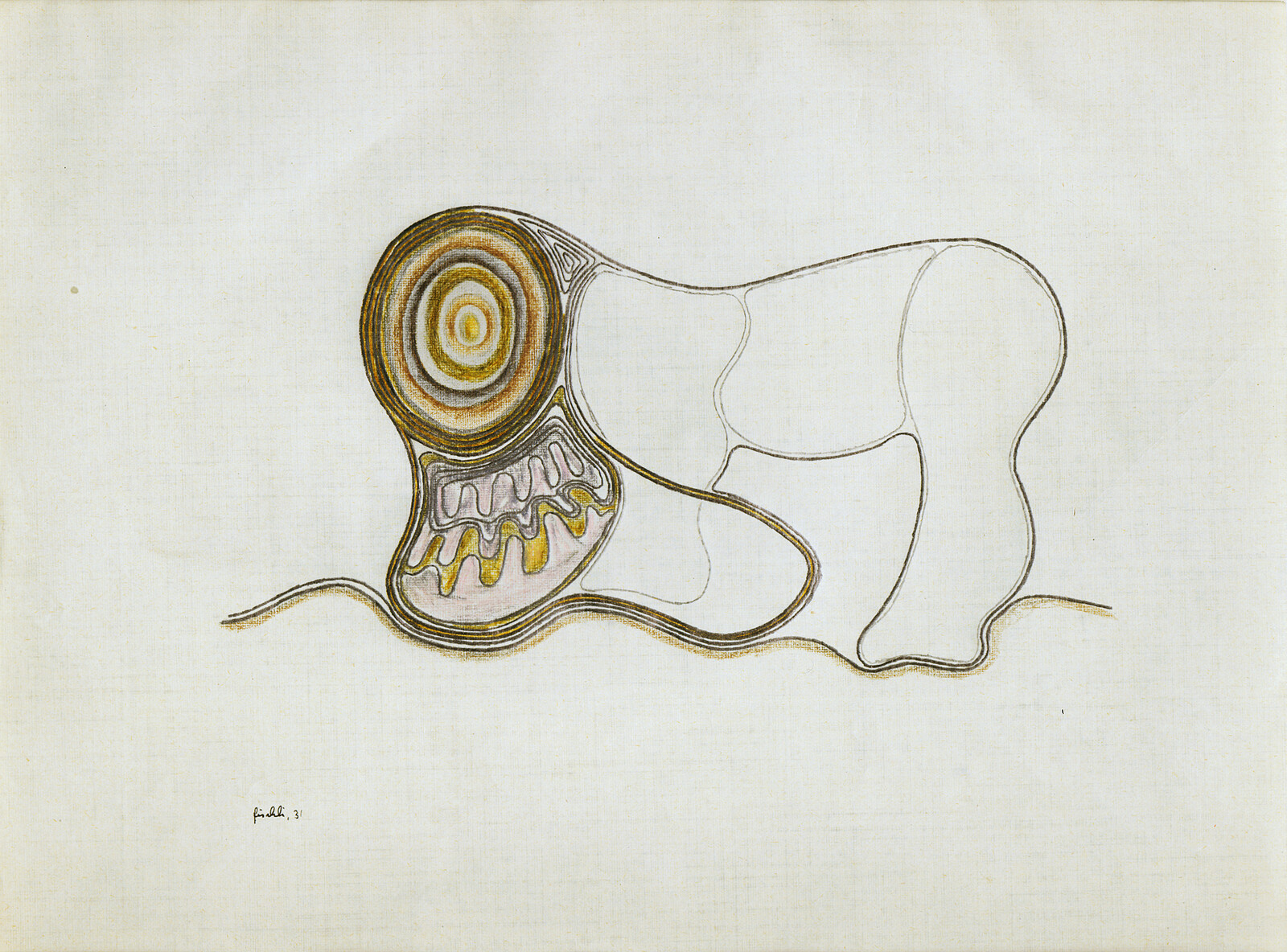Nikolaus Hirsch Your drawing is an axonometric representation of the Cape Coast Castle, a building outside of Accra, the city where you have lived and worked since the world has been locked down. How does the drawing interpret this infrastructure of colonization and the transatlantic slave trade?
David Adjaye The drawing tries to bring together a meditation on architecture, society, and history. On one end is the colonizer, a space of defense, and on the other is the captured, a space of being held. The drawing represents how architecture connects isolation and oppression on both ends. No matter what end of the spectrum one is on, within this place, you are within a system that oppresses and traumatizes. The oppressor is locked in his own camp, trapped by their own need to capture, contain, and protect from the world. The oppressed, held in a chamber, experiences trauma from creating a protection barrier in the world. The barrier is solidified here as form, and justified through an “us versus them” mentality. I’m interested in the way that drawing, representative of a single space of containment, can demonstrate how everyone is the prisoner. The effect of architecture is that it encapsulates the conceptual world in the creation and manifestation of form.
NH This colonial infrastructure punctuates the whole Ghanaian coast. A series of fortified trade posts still to this day cover parts of the African continent.
DA Ghana has 46 of these forts and castles, but there are more than one hundred along the West African coast all the way down to Angola. The castles are a tool to get a sense of what that first encounter between Europe and Africa was about. It was about discovery and trade. After the initial encounter and reporting back to Europe, colonial empires created strategic connecting points all along the coast. This coastal infrastructure, including Cape Coast Castle, essentially created a needle point for ships to dock and allow for an army, a small garrison, to be locked there. A small population first started off in the castle, but then quickly grew around it to gather people, process them into slavery, put them in dungeons, and get ready to ship. This is also the beginning of the African continent’s relationship with the ocean.
NH Is this the beginning of the phenomenon of the coastal city in West Africa?
DA The idea of the coastal city didn’t exist back then. The interior was the world. African empires such as the Ashanti were not based along the coast. It was only really these new strategic, colonial architectures that were created on the coast. You can read them as diagrams of a new political and economic order. They’re functional, but they were also designed to control, to work as an image. Displaying such new technology—architecture—dominated the local community.
NH It sounds like a new paradigm of architecture, like Bentham’s prison. But the logic of the Cape Coast Castle is not panoptical; it is rather a diagram of a trajectory, one that dehumanized and turned humans into property. Architecture here makes the apparatus of colonialism tangible.
DA Exactly. It’s profoundly interesting because there is a theatricality of dominance. Even to this day, the site still has that aura. You can still feel the enigma of a technology from a different time. It’s still present.
NH Almost more than in its built form, the drawing of the castle seems to unpack the colonial apparatus. The drawing reads more like a scan—reconstructing and deconstructing the logics of the building, its brief, its protocols. Looking at the drawing, there two levels are juxtaposed: one on the top for the European colonizers, with windows, organized around a courtyard, in the light; and the other is a basement for people who have been enslaved, who are kept in the dark. Looking more closely, two areas are marked in red: one are the slave quarters, the other is the Gate of No Return. Are these elements strategic points where you as an architect specifically intervene?
DA It’s almost like LIDAR, analyzing all the organs. The red zones are what I would call the “nerves” that makes the infrastructure work—sending enslaved people as goods to the boats and other cargo to storage. This is the very reason for the entire infrastructure, and that’s what I’m trying to unpack through architecture. The experience of this place should be non-emotional, analytical. It should show a piece of technology and the effective points in its delivery.
NH Can you describe these nerves in more detail?
DA The pens are designed with vaults ceilings that take the load of all the infrastructure above and distribute it down. A huge amount of weight that was moving around up above. And then there are the tunnels. We now know from scientific research that just five days of solitary confinement destroys the psychological frame of a human being. In just five days, people go mad. The infrastructure here imposes a strategy of light deprivation. It then theatrically discharges people into the light, through the Gate of No Return and onto the slave ships. The emotional rupture of this is massive. The building wasn’t just meant to capture the eye of local populations; it was means to entirely remake the human being. Everyone who goes into it becomes an animal. The building transforms you. Even more than a prison, and its idea of punishment, this is about a total transformation from one state of being into another.
Confinement is a collaborative exhibition curated by gta exhibitions and e-flux Architecture, supported by the Adrian Weiss Stiftung and the ETH Zürich Foundation.
